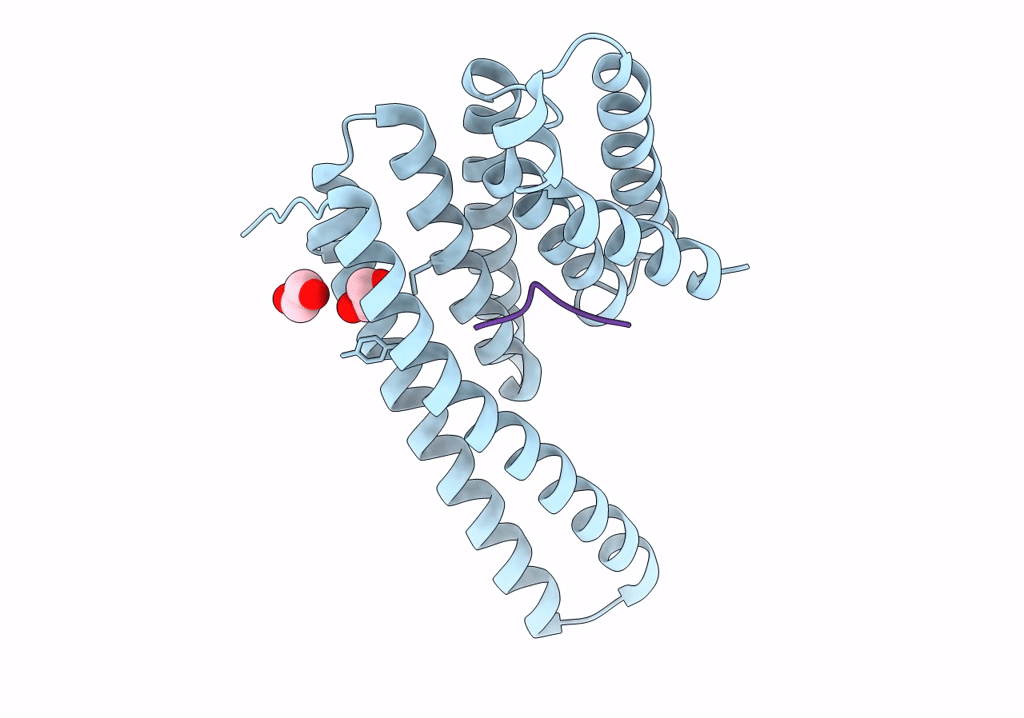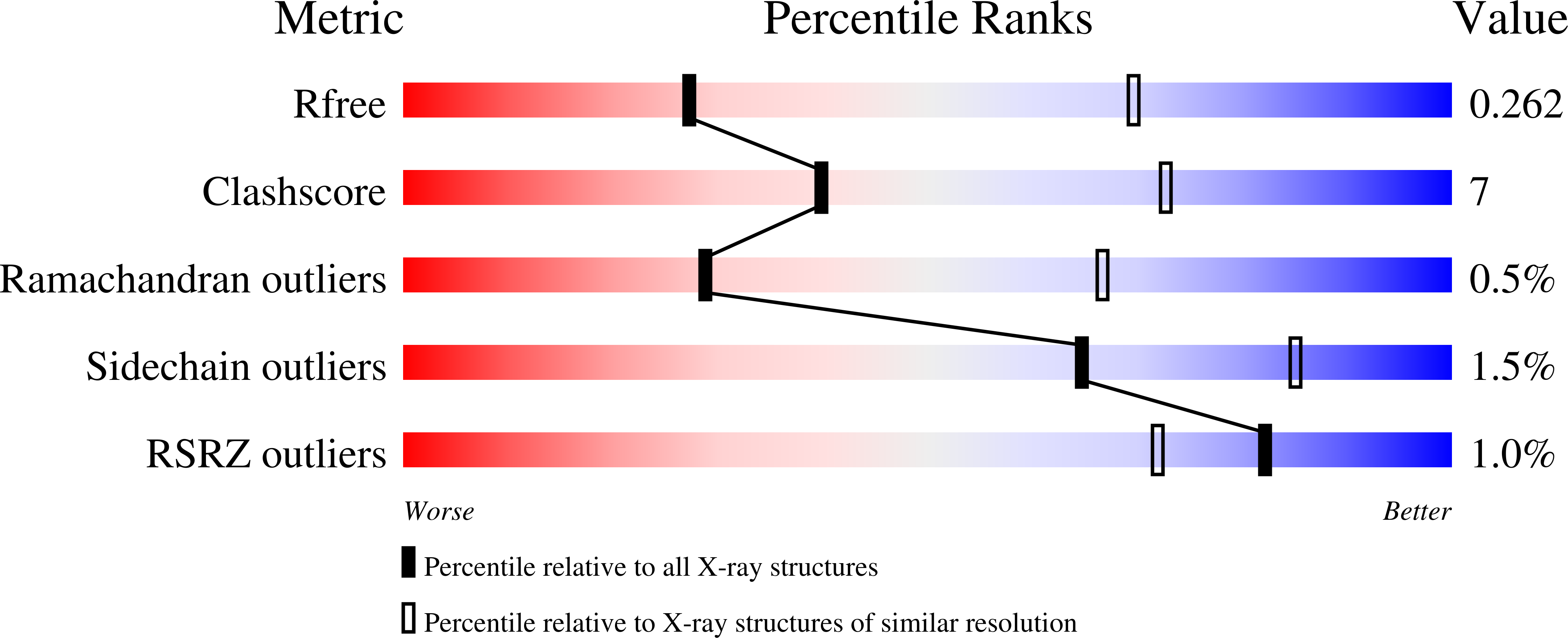
Deposition Date
2022-06-24
Release Date
2023-06-07
Last Version Date
2024-11-20
Entry Detail
PDB ID:
8DGM
Keywords:
Title:
14-3-3 epsilon bound to phosphorylated PEAK1 (pT1165) peptide
Biological Source:
Source Organism:
Homo sapiens (Taxon ID: 9606)
Host Organism:
Method Details:
Experimental Method:
Resolution:
3.20 Å
R-Value Free:
0.26
R-Value Work:
0.20
R-Value Observed:
0.21
Space Group:
P 62 2 2


